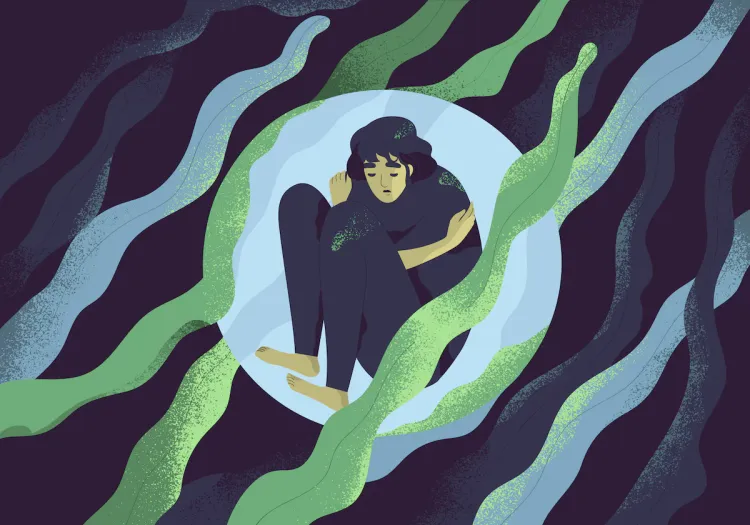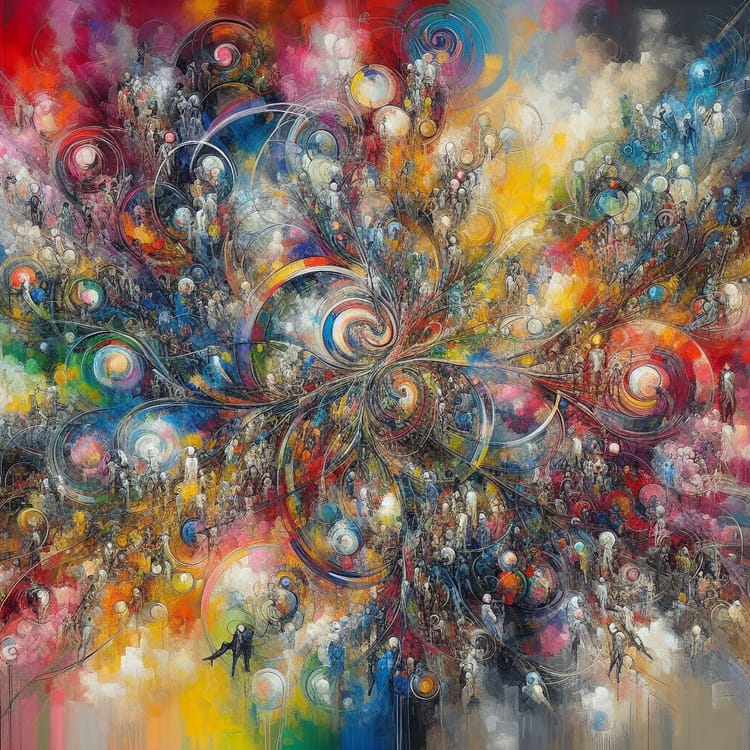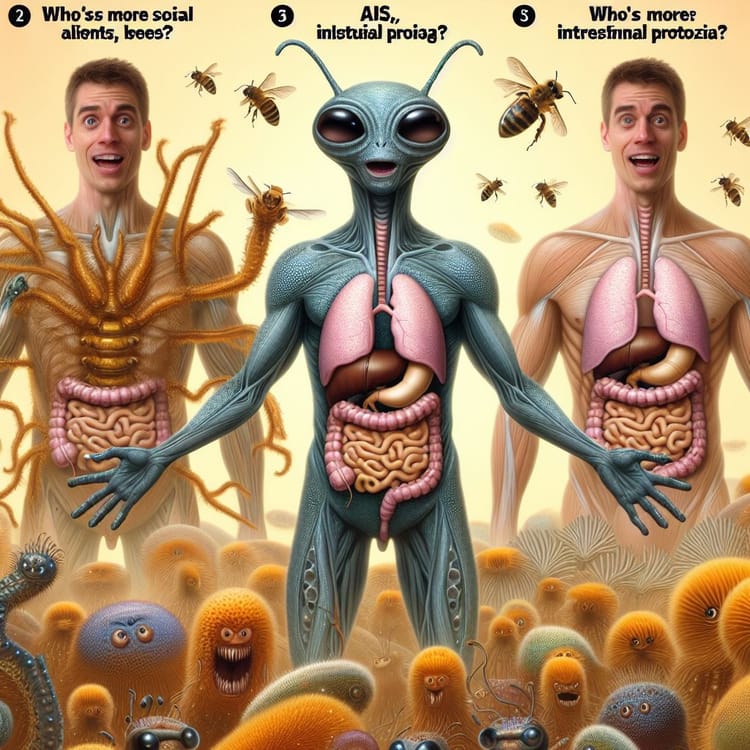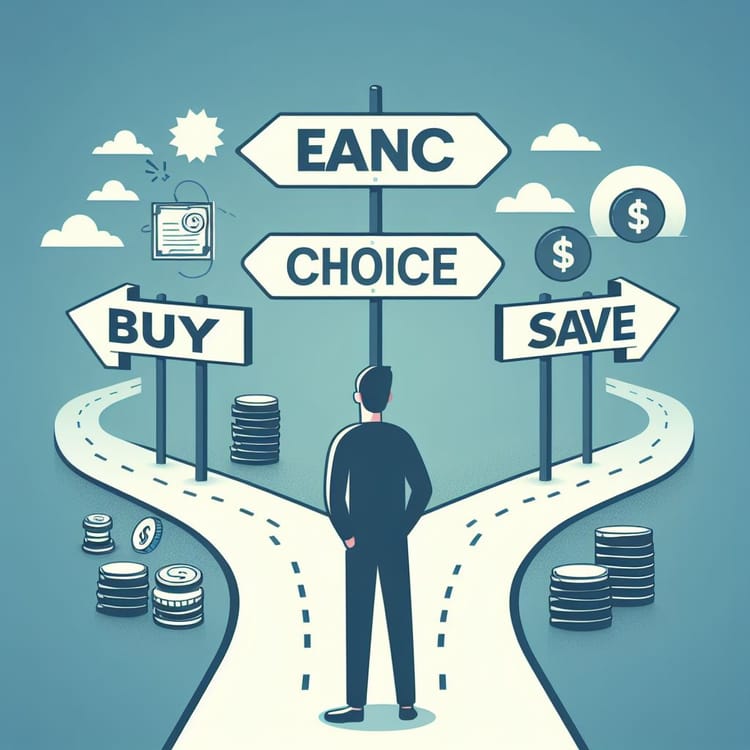The Chasm is More Than Jobs
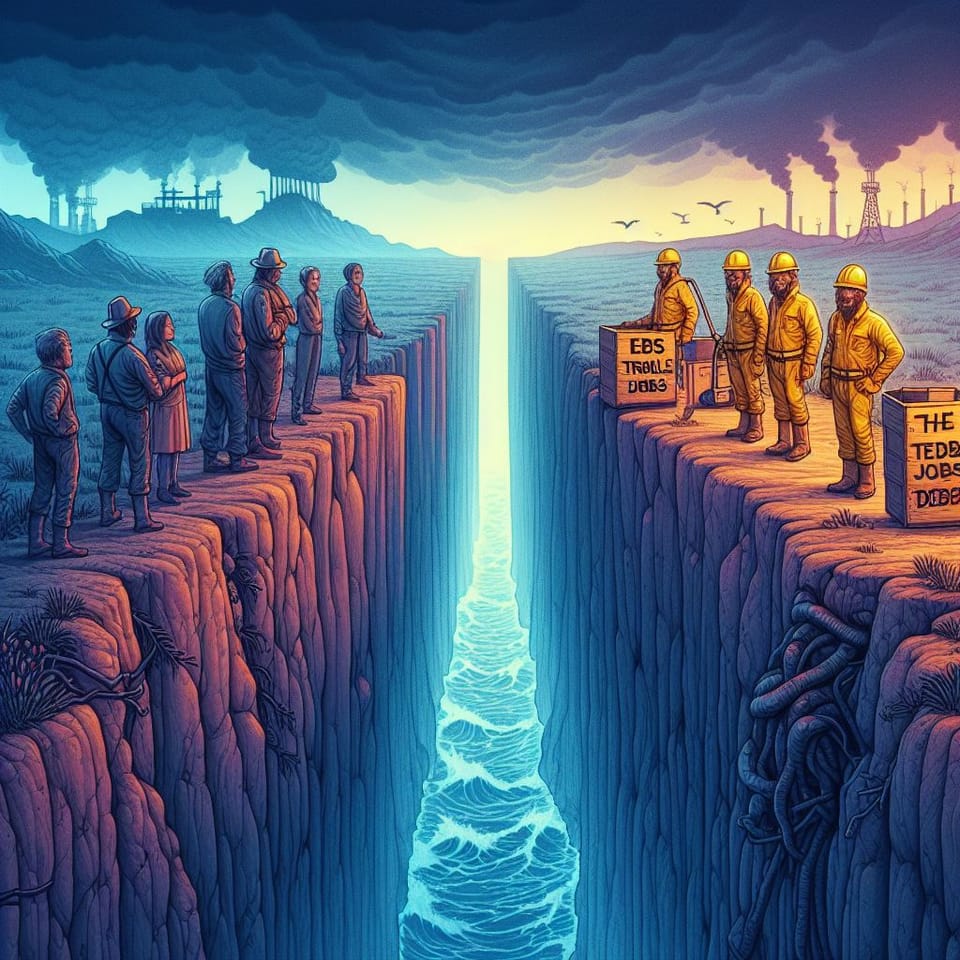
This week we challenge the bias in algorithms and outdated social norms and explore ways we can build healthy, sustainable systems for success across our communities.
You want to support my work but don't need a keynote from a mad scientist? Please become a paid subscriber to this newsletter and recommend to friends!
Research Roundup
Life Is A Biased Algorithm
Gender bias continues to permeate our lives, often in subtle ways that are easily misconstrued or mismeasured.
While it’s surely not a surprise to learn that women are more sexualized online than men and underrepresented in certain careers, this bias is significantly worse in online images than in text. Googling images of professions like "nurse" or "banker" actually increases gender bias compared to reading textual descriptions (worth noting in a media landscape increasingly dominated by Instagram and TikTok).
A completely different form of bias emerges from the lived experience of most men and women. It’s been known for years that women consistently “overestimate” inflation compared to men, but it turns out, women do more grocery shopping than men and their exposure to volatile food prices drive their estimates. The more men or women shop, the bigger the effect on inflation expectations.
The point isn’t that there are no differences between men and women; rather, discovering what truly drives those differences leads to new strategies to lift human capacity.
The Chasm Is More Than Jobs
Educational and economic chasms, rather than simply dividing us, are literally killing us.
Americans with lower education levels are dying at alarming rates, driven by chronic diseases and concentrated in specific regions. It's not just about college degrees or better jobs, it’s about better lives—a message that is lost in too many policy debates about the future of work.
The chasm is also about more than grades. Black students who develop “high self-control in early adolescence” (a strong predictor of life outcomes) achieve greater academic success, higher educational attainment, higher income, and better mental health into adulthood. But despite these successes, those students that attended schools discriminatory discipline policies experience higher insulin resistance as adults, stealing years of quality life from them and society.
The point of laying a foundation of creativity and resilience early in life isn’t simply to fill the labor needs of America. It is to build meaningful, happy lives.
Weekly Indulgence
I’m back for Singularity University’s Global Summit on May 8-10 in Santa Clara. Come listen to me talk about The Future of Artificial Intelligence and “how AI will impact your business in 5, 10, 15 years.” Tickets are still available!
To hold you over, here’s my keynote on “The Future of Human Potential” from their 2018 Global Summit:
https://www.youtube.com/watch?v=orUmIBVQTVs
Stage & Screen
- May 8, Boston: chatting with BCG on lifting Collective Intelligence and The Neuroscience of Trust.
- May 8-10, Santa Clara: I return to Singularity University
- May 18, Mexico City: I'm giving a keynote for El Aleph, Arts & Science Festival at Universidad Nacional Autónoma de México. ¡Qué bueno!
- May 23, Seoul: keynoting the Asian Leadership Conference!
- June 6, Online: Mobilize Women Summit I'll talk about starting my company to end postpartum depression.
- June 10, Cape Cod: RFK Compass on my workplace dignity program.
- June 18-19, Stockholm: Buy tickets for the Future of Talent Summit and so much more!
- June 20-21, Amsterdam: TNW ...well, I don't know exactly what I'll be talking about, but it will be huge!
- June 21, Leeds, UK: Society of Otolaryngologists What else: changing education for doctors in an AI-rich world.
- July 3, Boston: National Charter School Association We must change education or we'll be trapped in a future that needs explorers but builds cogs.
- July 22, DC: Keynote at Jobs For the Future Horizons!
If your company, university, or conference just happen to be in one of the above locations and want the "best keynote I've ever heard" (shockingly spoken by multiple audiences last year)?
<<Please support my work: book me for a keynote or briefing!>>
SciFi, Fantasy, & Me
I’m listening to The Ferryman this week. I enjoy the unraveling mystery of his previous trilogy of post-apocalyptic thrillers, and in this novel he’s thrown utopia-dystopia into the mix. The enjoyment of these books rely on the reveal, or better yet, the slow playing out of that reveal: what is this world and what’s truly going on?
So far…I’ve enjoyed it. If The Passage tickled your fancy, I suspect this will as well. I’ll check in next week on whether it delivers the goods in the end.
P.s. I just rewatched Vertigo with my kids. It’s so much more fun when you get very flexible with what is truly happening and what is only in his head. Compared with Citizen Kane or The Godfather, it definitely feels more dated.
Excerpt
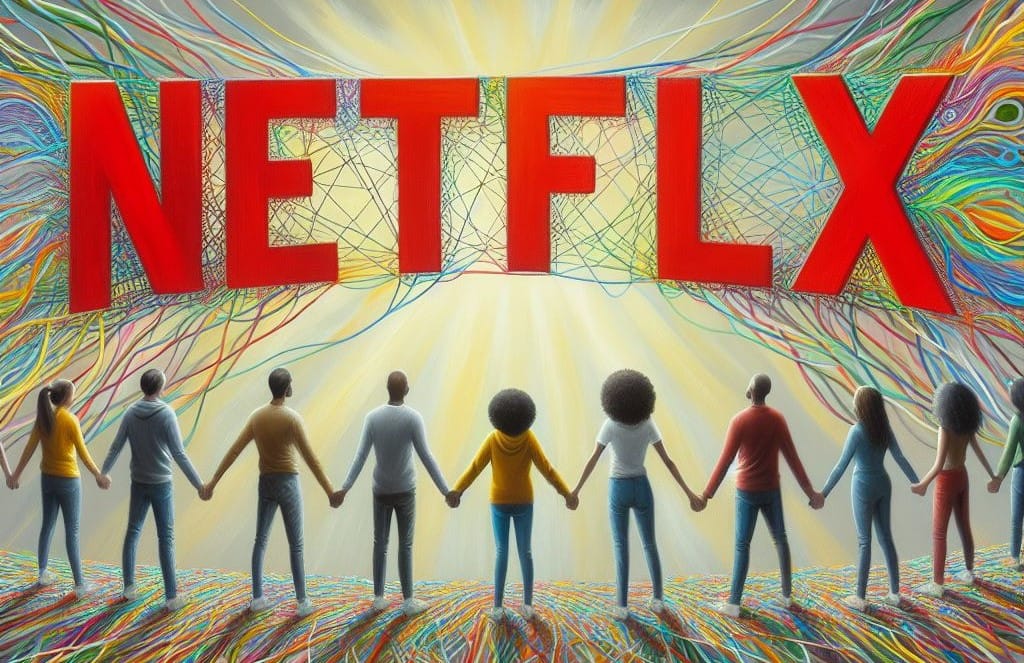
I love movies (if you haven’t noticed). My very first startup was a miserable failure of a film company called Hardrive Productions. So, when I got a personal message from Netflix several years ago asking if I was interested in being their Director of Algorithms, I was both flattered and intrigued. In some ways, Netflix kindled the public’s original interest in real world AI by sponsoring a public competition to beat their movie recommendation algorithm. Thousands of teams competed for a $1,000,000 prize to build AIs that knew you secretly loved Paul Blart, Mall Cop. The algorithms had to predict new user rating based only on patterns of past rating. Some did extremely well in predicting ratings patterns, though like my audio search, none were ever adopted by Netflix.
Beyond movie ratings, Netflix’s algorithmic work dives all the way down into issues of casting and plot for their original productions. It would have been a blast to dabble in that world and predict just the right cast and story beats. You might be surprised that my single line response was, “Sorry, but this will have to be another in a long line of terrible career decisions. (I’d still love to visit and meet everyone, though.)” (I’d still love to visit and meet everyone.)
I enjoy a good geek session exploring convergence proofs and optimality assumptions for algorithms. I love poking around in giant datasets and becoming the first person in the world to know some secret hidden within them. And as I said, I love a good movie. But none of those are why I do the work I do. I have had so many companies try to recruit me as a Chief Scientist with lines like, “We’ve got the biggest, gnarliest data pipeline problems.” All I can think is, “And who is this helping?” It’s rather astonishing how many people have tried to recruit me for a C-Suite role with no evident knowledge of who I am or what makes me tick. I love a good movie, but I did not want to spend five years making movie recommendations.
My only other interaction with Netflix was a rather peripheral one shared with many in the industry. It was a notoriously blunt HBR article, “How Netflix Reinvented HR”. Patty McCord, former Chief Talent Officer at Netflix, shared numerous stories exploring the chasm between “A-players” and everyone else. “The best thing you can do for employees,” she wrote, “A perk better than foosball or free sushi–is hire only ‘A’ players to work alongside them.”
In one example, she illustrates A-player culture with a story of a “top engineer” who was more productive working alone than with a whole team under him. To her, this revealed how “merely adequate” employees dragged down the culture and therefore the excellence of Netflix. For the Tech industry, this isn’t just about salaries; it’s cultural: keep your non-nons away from my creatives.
It might be hard to imagine how a “10x” engineer was better off alone than working with three highly qualified employees that had all passed intensive tech interviews to land those roles. An alternate moral of Patty’s story is that this engineer probably shouldn’t have been in charge of a team and that Netflix had failed to prepare him as a manager. If you’re Netflix, though, having to “manage” someone is the failure. The power of their HR brand, and that of other elite Tech companies, means they can select exclusively from the creative complementarity side of the chasm. The large numbers of unemployed engineers in an industry desperate for talent isn’t a labor market failure. Big Tech knows those potential workers exist–they just don’t want to put in the effort to develop their capacity. Natural A-players only.
Like Google, Netflix has recognized the growing chasm. And like Google, they have chosen to dig in.
Read all about my work with Big Tech firms when Robot-Proof hits the shelves!
| Follow more of my work at | |
|---|---|
| Socos Labs | The Human Trust |
| Dionysus Health | Optoceutics |
| RFK Human Rights | GenderCool |
| Crisis Venture Studios | Inclusion Impact Index |
| Neurotech Collider Hub at UC Berkeley |
